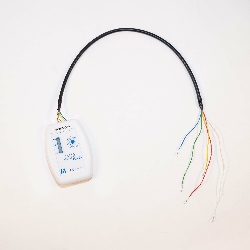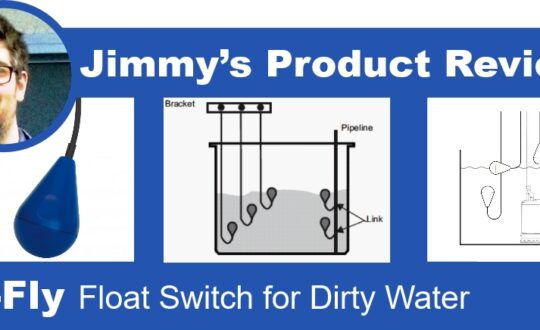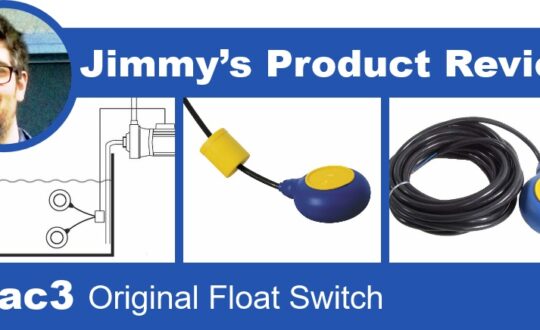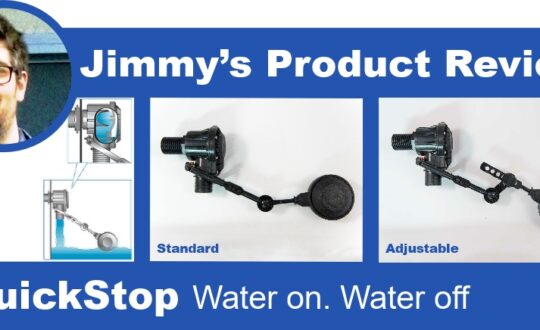Liquid Level Indicator. Tank level display, simplified!
The MacNivel is possibly the simplest method of displaying the liquid level in a tank level I’ve encountered. Unfortunately, this makes writing about it somewhat challenging!
If I remember one thing from my secondary school days, it would be my first teacher drilling K.I.S.S (Keep It Simple Students – well, maybe not students) into a class of kids. But he was certainly onto something because who doesn’t like a simple life?
Traditionally, installing any liquid level monitoring is something that must be done during tank installation. It often requires installing level sensors (reed switches, probes or float switches) into the tank (that can require modification of the tank itself), adding ducting for running cables and power requirements for the level monitor.
The MacNivel, however, only requires a single multi-cored cable to be put into the tank. Yes, it is really that simple! Setting the levels is as easy as cutting (and stripping) the individual cores to the depths you want to measure against.
This one, (pictured right), uses a 5-core sensor cable – which I’d typically suggest for installations. As a stranded cable, it will be easier to manipulate around obstructions.
I’ve tried a few different cable types. Even using a network cable (someone in the office laughed at me – being a technical geek I proved them wrong! (see picture to left).
So long as there are five individual cores – 1 is the common, which is the lowest inside the tank – the remaining 4 are the displayed levels on the MacNivel display.
So long as the liquid is conductive, the MacNivel can give a reading.
Retrofit liquid level indicator
Using a small diameter cable, retrofitting to pre-existing installations is much simpler. For example, when adding a liquid level indicator to a water tank in a caravan or a water bowser on a trailer, route the cable, suitably mount the MacNivel (not forgetting to add a 9v battery), and then take a tea break. It’s truly that simple!
Of course, using a battery is a benefit all its own. There is no need to mess about with power cables or power supplies (I think everyone has had the ‘fun’ of trying to find a suitable power supply) or running extra cables. Not to mention if your project is off-grid (or mobile) there will always be a battery (or three) – in a drawer somewhere.
MacNivel – perfectly suited to permanent or temporary installations, where other monitors just won’t fit.
For more information
Contact Jim, our Mac3 Technical lead. Jim and Tom have over 25 years of experience in Water Control Systems.







